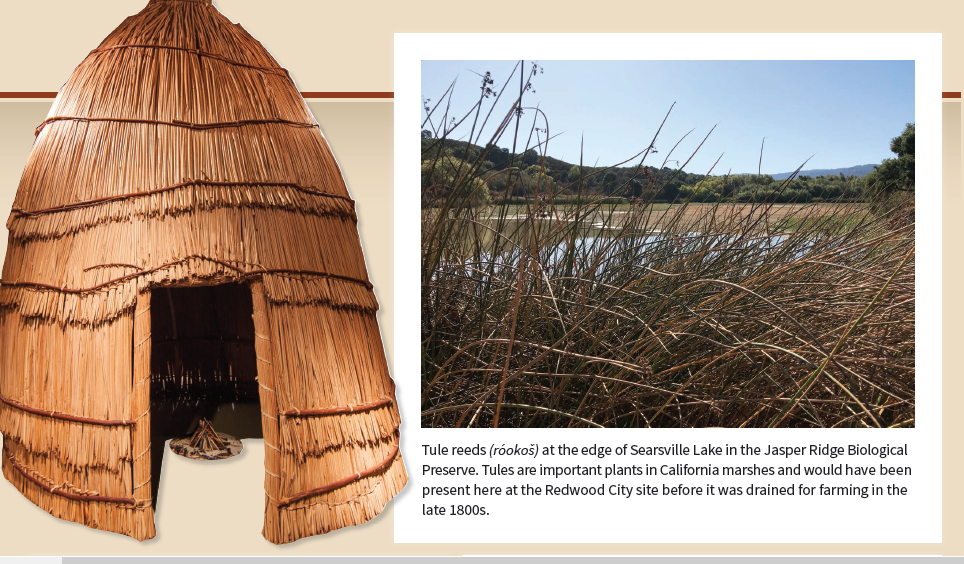In order for any cultural group to maintain their identity in the face of changing landscapes, being connected to the land and ecosystem is paramount. In light of colonial influences, rapid globalization, environmental change, and dietary delocalization this connection is as important as ever to indigenous peoples. The levels of complexity involved in reconnecting to ancestral landscapes are also immense due to geographic restrictions, governmental policies, and loss of cultural knowledge. However, there are ways in which Federal Agencies and Tribal Nations can work together to cultivate these connections and foster new vehicles for the transmission of cultural knowledge that benefit both parties.
One avenue to explore in the creation of improved dialogue between Federal Land Managers and Indigenous groups is the role that cultural keystone species play in environmental stewardship and ecosystem vitality. Cultural keystone species as a concept has been defined as a, “…culturally salient species that shape in a major way the cultural identity of a people, as reflected in the fundamental roles these species have in diet, materials, medicine, and/or spiritual practices” (Garibaldi and Turner 2004). Although the bulk of the literature regarding cultural keystone species focus the attention on animal species, this project turned the attention to plants. There are several examples in the literature of such species such as Mesquite in the American Southwest, Prickly Pear Cactus in Madagascar, and Western Red-Cedar in British Columbia. The TNTCX has focused on Tule as a cultural keystone species with potential to improve lacustrine habit, water quality, erosion control, and cultural revitalization of practices threatened by colonization.
Tule (Schoenoplecuts acutus and Schoenoplectus californicus) is a giant sedge in the Cyperacae family, native to freshwater marshes found throughout the United States. This species provides many benefits to the ecosystem such as fish and wildlife habitat, erosion prevention, flood control, and water quality. Tule is crucial to the culture of many Native American communities, especially those whose ancestral homelands occurred within California's Great Central Valley, and the surrounding foothills. Tule reeds play a vital part in the lives of native people. The harvested material has traditionally been utilized for sacred and cultural practices critical to the continuity of Indigenous lifeways. Tule reeds are collected and used to build boats, houses, sleeping mats, duck decoys, and baskets. The roots and seeds are also edible contributing to a healthy Indigenous traditional diet.


Although, many Tribal communities still harvest and utilize Tule, access to this important species has become severely limited within California. Vast Tule marshlands once covered California’s Great Central Valley, and Tule also grew in broad bands along the lake shores and rivers. However, most of California’s historic range of Tule has now been significantly altered by agriculture, climate change, grazing, water management, and urbanization.
